| Structure | Name/CAS No. | Articles |
|---|---|---|
 |
Formic Acid
CAS:64-18-6 |
|
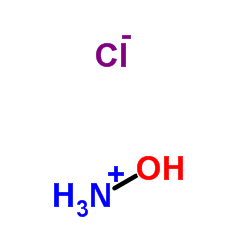 |
Hydroxyamine hydrochloride
CAS:5470-11-1 |
|
 |
ethyl acetate
CAS:141-78-6 |
|
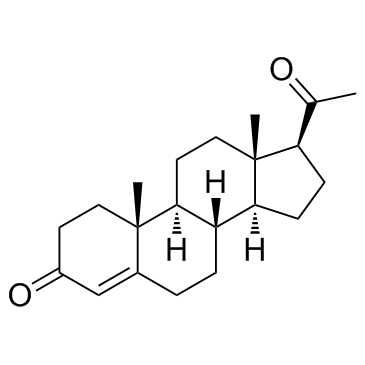 |
Progesterone
CAS:57-83-0 |
|
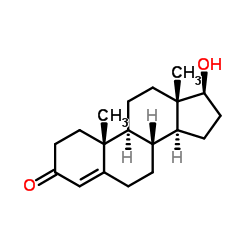 |
Testosterone
CAS:58-22-0 |
|
 |
Pregnenolone
CAS:145-13-1 |
|
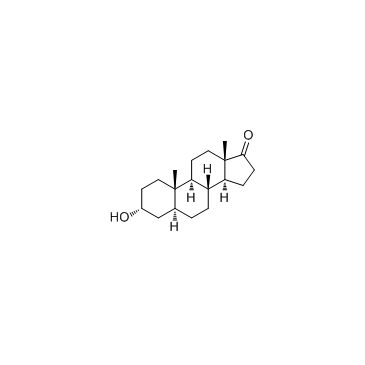 |
Androsterone
CAS:53-41-8 |
|
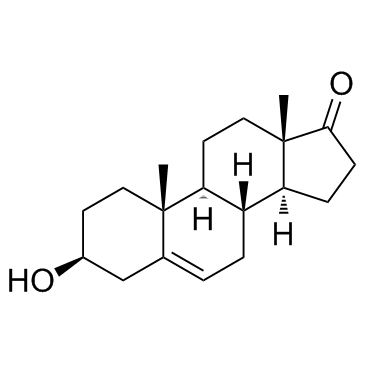 |
Dehydroepiandrosterone
CAS:53-43-0 |
|
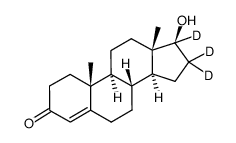 |
Testosterone-d3
CAS:77546-39-5 |